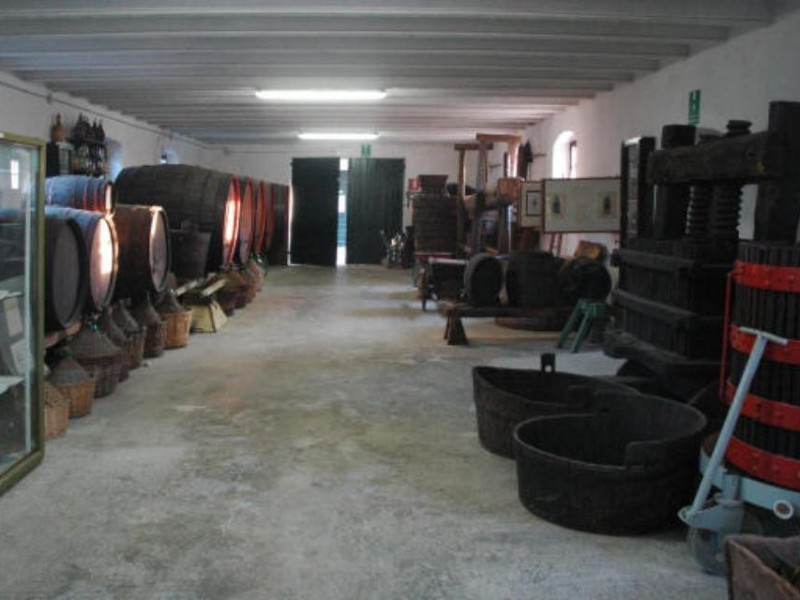Museo della civiltà contadina del Friuli imperiale
The Museum, opened in 1992, contains a collection of 20.000 pieces representative of country life from 1500 to 1918, a period when the County of Gorizia was under the Habsburgs. The material collected is divided into three main buildings: an eighteenth-century building that used to house the cellar and the barn, a nineteenth century building that welcomed the stables and barns, and a shed half of the twentieth century. Outside of the main building are painted some sundials: one shows some verses of Dante's Purgatory, an other reads a verse inspired by Virgil's Georgics. In the Museum there is evidence of non-agricultural trades (bricklayer, basket maker, cobbler, milkman) that those agricultural, with tools related to harvesting, threshing, harvesting, etc. On display are many plows (XVI-XX centuries), measuring the weight and capacity (before and after application of the metric system in 1841), an old printing house of the late nineteenth century, a collection of tin boxes for confectionery industries (Passero di Monfalcone factory), the reconstruction of an old classroom, the blacksmith's shop, the carpenter's shop and the "bandaio", craftsman who made watering cans. The contribution of women in the rural world is highlighted in the room that exposes drapes and fabrics (kits for babies, curtains, tablecloths) and fashion magazines of the '40s.
Info:
Sunday 3:00/6:00 pm.

